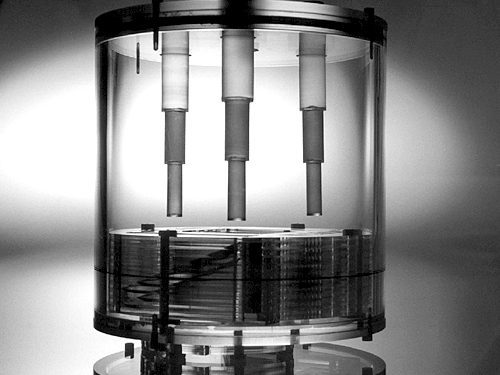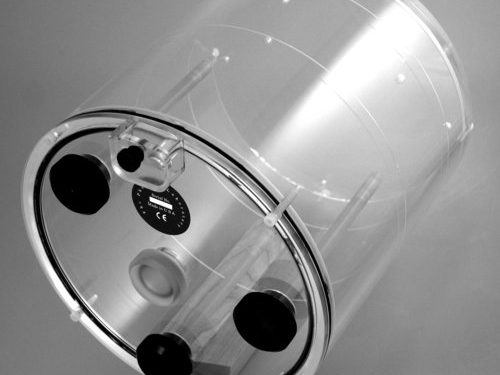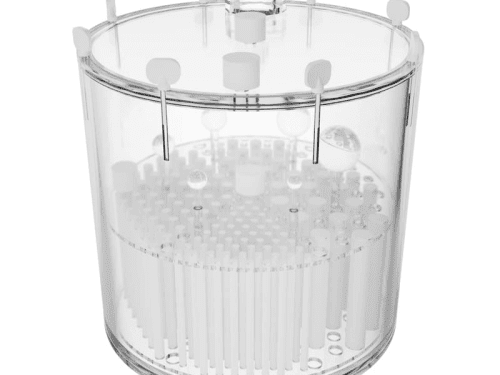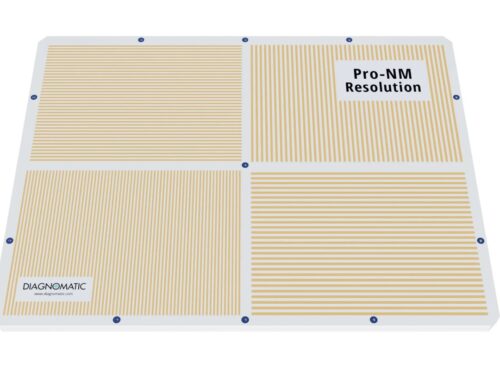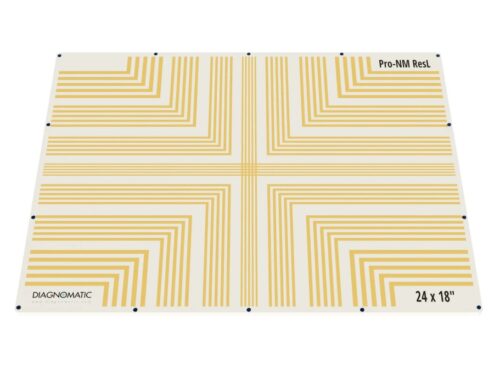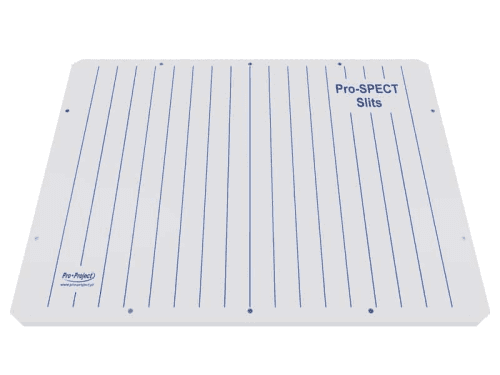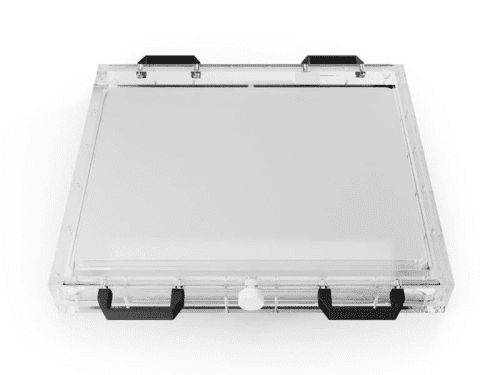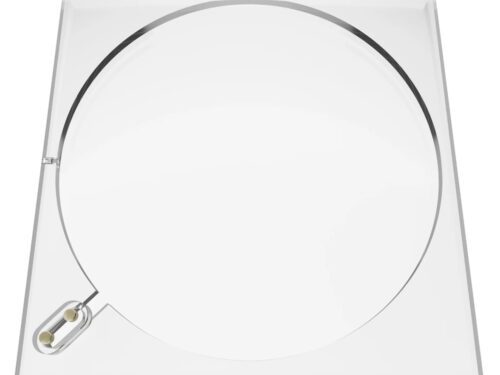-
 The phantom for NM systems performance evaluation: routine quality assurance tests, as well as extensive acceptance tests. It can be used to evaluate: pixel size, spatial linearity, RMS noise, signal to noise ratio (SNR), slice width, uniformity, spatial resolution, point spread function, slice position verification, slice incrementation, accuracy, center of rotation, verification, volume sensitivity and low contrast sensitivity.
The phantom for NM systems performance evaluation: routine quality assurance tests, as well as extensive acceptance tests. It can be used to evaluate: pixel size, spatial linearity, RMS noise, signal to noise ratio (SNR), slice width, uniformity, spatial resolution, point spread function, slice position verification, slice incrementation, accuracy, center of rotation, verification, volume sensitivity and low contrast sensitivity. -
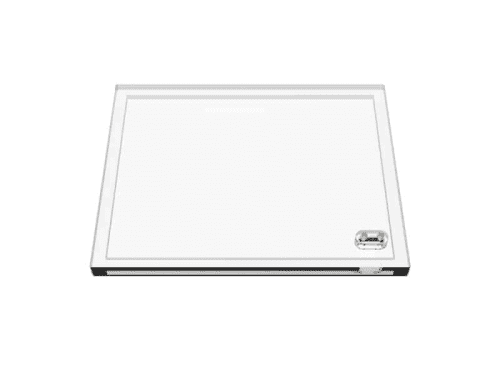 Flood phantoms provide a simple and efficient means of obtaining optimum camera performance with respect to uniformity of response over the entire crystal area. These phantoms are designed to be filled in horizontal position, thus preventing slight bulging caused by water pressure during vertical filling. Therefore, better uniformity in distribution of activity can be achieved.
Flood phantoms provide a simple and efficient means of obtaining optimum camera performance with respect to uniformity of response over the entire crystal area. These phantoms are designed to be filled in horizontal position, thus preventing slight bulging caused by water pressure during vertical filling. Therefore, better uniformity in distribution of activity can be achieved. -
 A simple phantom the quality assurance of geometric distortion and spatial resolution of gamma cameras. Array of holes, which when filled with activity, allows to measure point-to-point distances and Point Spread Function (PSF) - spatial resolution - at each point and its homogeneity across the entire Field of View.
A simple phantom the quality assurance of geometric distortion and spatial resolution of gamma cameras. Array of holes, which when filled with activity, allows to measure point-to-point distances and Point Spread Function (PSF) - spatial resolution - at each point and its homogeneity across the entire Field of View. -
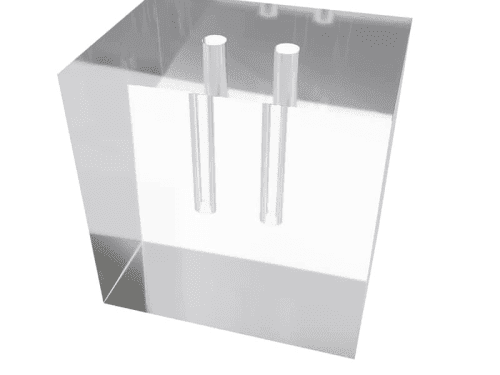 This scatter phantom simulates in-vivo forward and backscatter characteristics of 99mTc gamma rays for the extrinsic measurement of a scintillation camera’s deadtime. The phantom produces a spectrum typical of that observed from 99mTc in the myocardium. Reference: Ralph Adams, Gerald J. Hine, and C. Duane Zimmerman, “Deadtime Measurements in Scintillation Cameras Under Scatter Conditions Simulating Quantitative Nuclear Cardiography,” The Journal of Nuclear Medicine, 19 (1978), 538-544.
This scatter phantom simulates in-vivo forward and backscatter characteristics of 99mTc gamma rays for the extrinsic measurement of a scintillation camera’s deadtime. The phantom produces a spectrum typical of that observed from 99mTc in the myocardium. Reference: Ralph Adams, Gerald J. Hine, and C. Duane Zimmerman, “Deadtime Measurements in Scintillation Cameras Under Scatter Conditions Simulating Quantitative Nuclear Cardiography,” The Journal of Nuclear Medicine, 19 (1978), 538-544.

